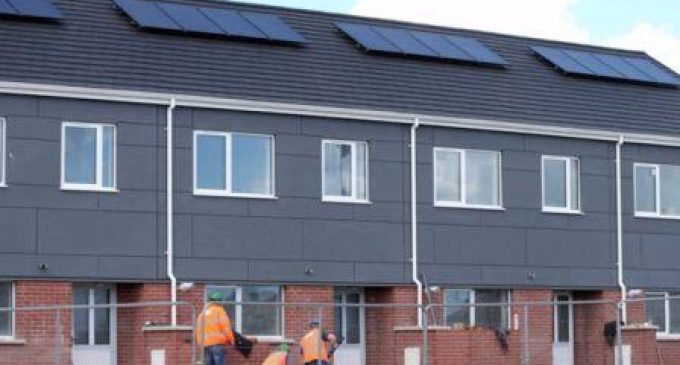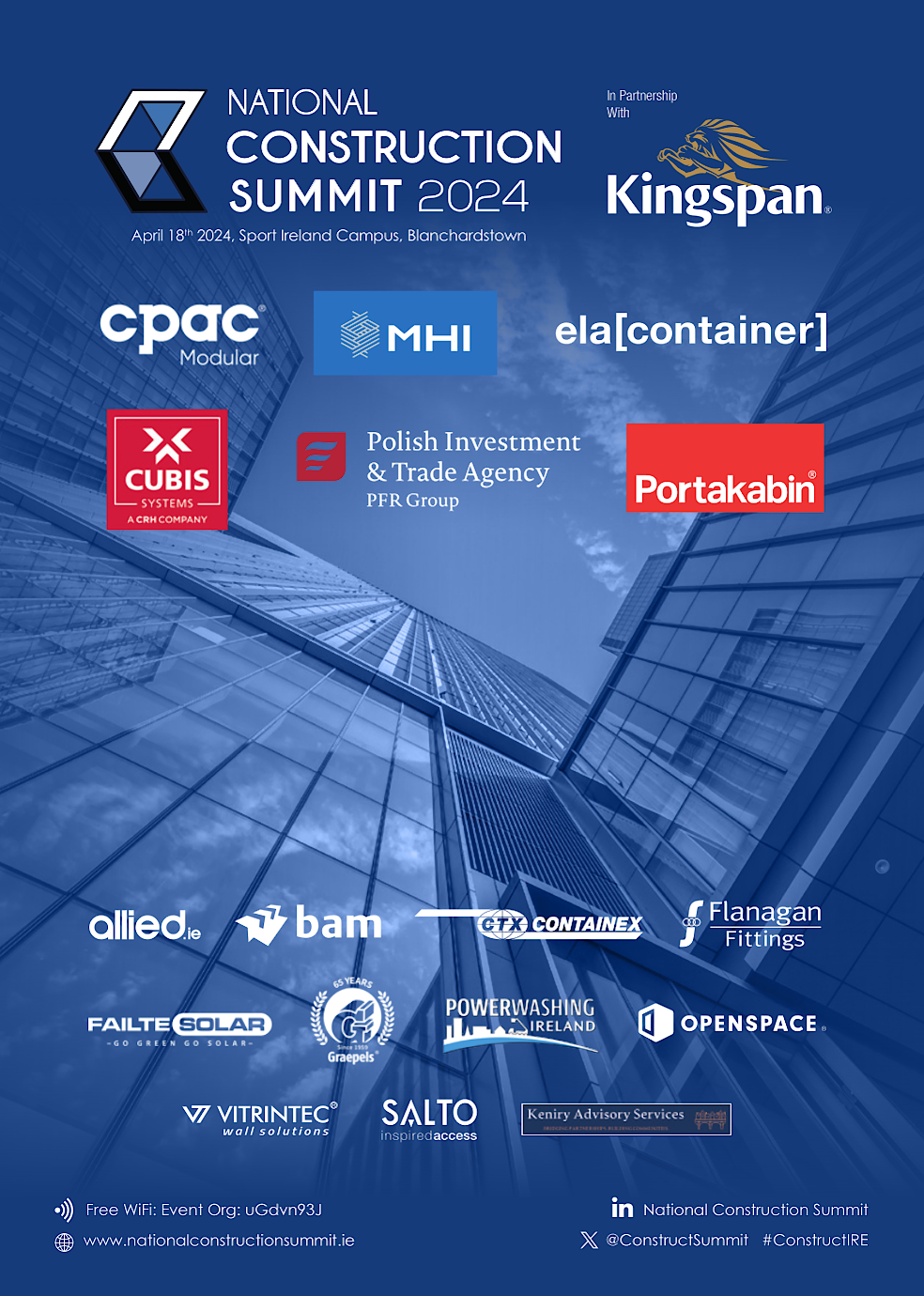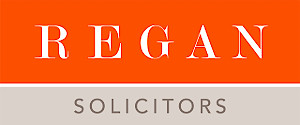Ballymun’s Potential as a European Leader in Housing

Planning and housing experts have examined Ballymun’s potential as a European leader for innovative housing development, as part of the recent Vienna Model of Housing exhibition in Dublin. Previous planning within the Ballymun area indicates a lack of consideration for community development, with no main street or community focal point currently present.
Dublin City Council’s local area plan (LAP) seeks to rectify this as part of Ballymun’s increasing share of new capital investment, including Rapid Build homes. Dublin City Council is currently developing 1,293 Rapid Build housing units, with sites either under construction, at tender assessment stage or under design assessment.
Poor planning and subsequent lack of maintenance has resulted in a misalignment between the physical environment and the community spirit felt throughout the local area.
Speakers also noted the many assets to Ballymun, including the introduction of Metro North, the Lidl development with accompanying 300-400 student accommodation units, cultural venues such as the Helix and the Axis, and proximity to Dublin City University. Future partnerships with DCU, in particular, offer the opportunity for developing construction courses with the use of new technology such as precision manufacturing and modular units.
With potential to plan and deliver housing by the greater Ballymun community for the benefit of that community, planning and housing experts believe there is potential for the North Dublin suburb to develop a circular economy and drive innovative housing solutions. This includes a move away from owner-occupied housing towards the Viennese model which operates successfully in the Austrian capital.
Dr Dáithí Downey, Head of Housing Policy, Research and Development with Dublin City Council, said: “With forthcoming large scale investment under LAP, Ballymun has the opportunity to become a European leader of circular economy. The lessons available to us from the Viennese model can support this planning and achieve best practice strategies to serve the community of Ballymun. The assessment of needs and experience in building on the outskirts of urban areas are vital lessons to be implemented in the planning and development of Ballymun.”
Speakers also recognised the need for improved tenancy protection in such moves away from owner-occupied housing. Looking to Vienna’s experience, a proactive approach is recommended to intervene where issues arise, such as a difficulty to meet rental payments, before a crisis develops and the support of agencies is required.
The need for a holistic view of planning, developing and maintaining housing options within communities with recognition of their unique needs and environments, is echoed by the Transport Oriented Development project underway by the National Economic and Social Council (NESC). NESC is examining a case for a local transport scheme to advance the inadequate transport links throughout the area, which just recently saw an improved bus link to retailer IKEA instated. Similarly, the small number of transport links to the nearbyDublin Airport act as a restriction to a major local employer.
Dr Dáithí Downey continued: “The Vienna Model of Housing is the living proof that demonstrates how providing high quality, affordable housing is the basis for an inclusive, thriving, healthy society. We must recognise the social and economic return from housing investment and shift our expenditure on housing accordingly. Evidence presented to the European parliament confirms a €2 economic return for every €3 of housing investment in producing new housing and making better use of our existing housing stock. Housing investment, especially in social and affordable tenure options, works to create employment, develop new design and construction technologies, raise quality and help tackle climate change as well as bringing greater choice and improved affordability.”
Padraig Flynn, of SOA CoHousing, said: “Given our mission to develop and promote self-organised, participatory, non-speculative and affordable approaches to the creation of housing in Ireland, it is exciting to see the implementation of a model which offers genuine long-term affordability, and challenges the notion of homes as speculative commodities.”
The Vienna Model of Housing is internationally regarded for its continued achievement of sustainable, high quality residential development using a cost-rental approach that in effect delivers housing for all.







